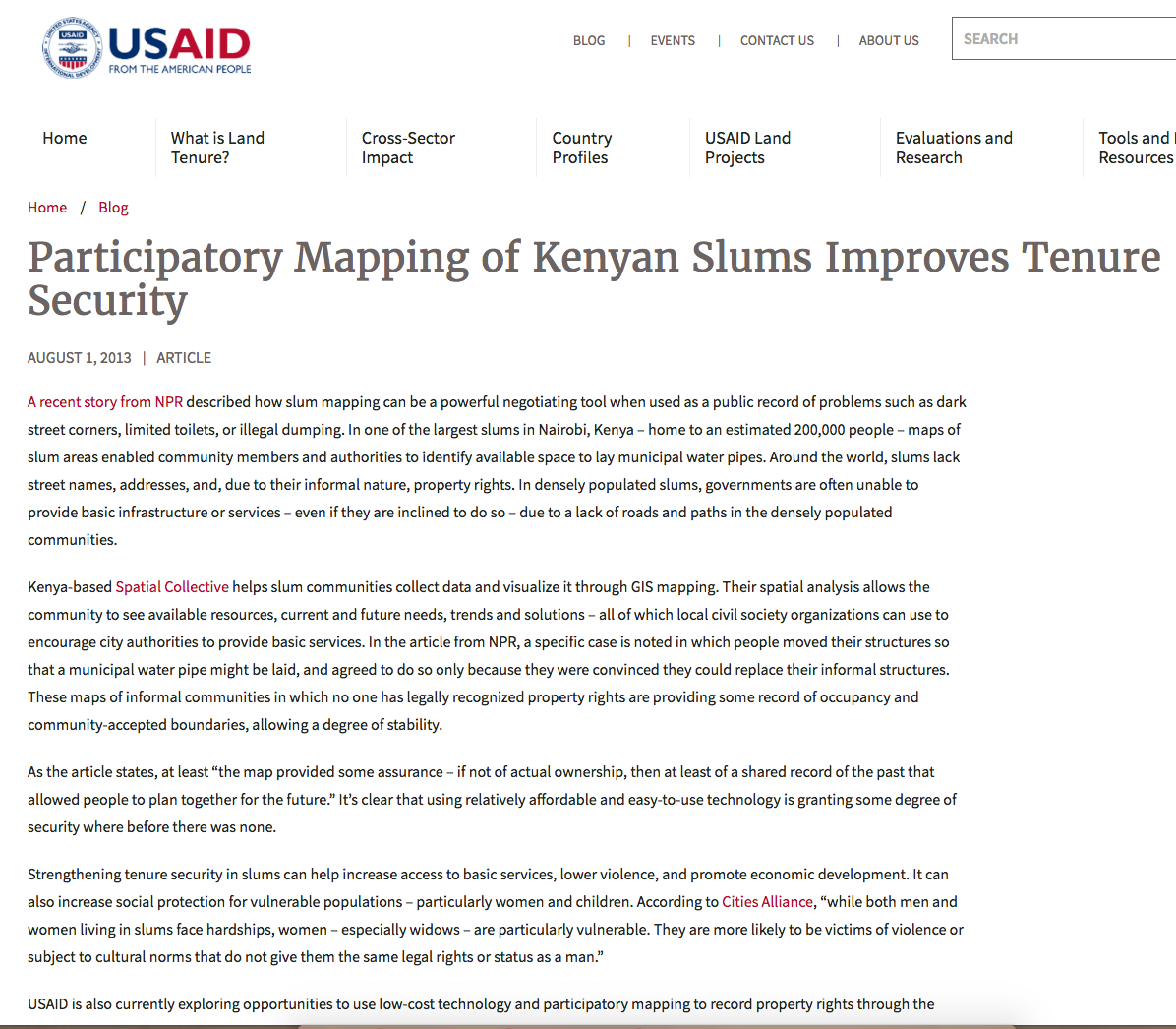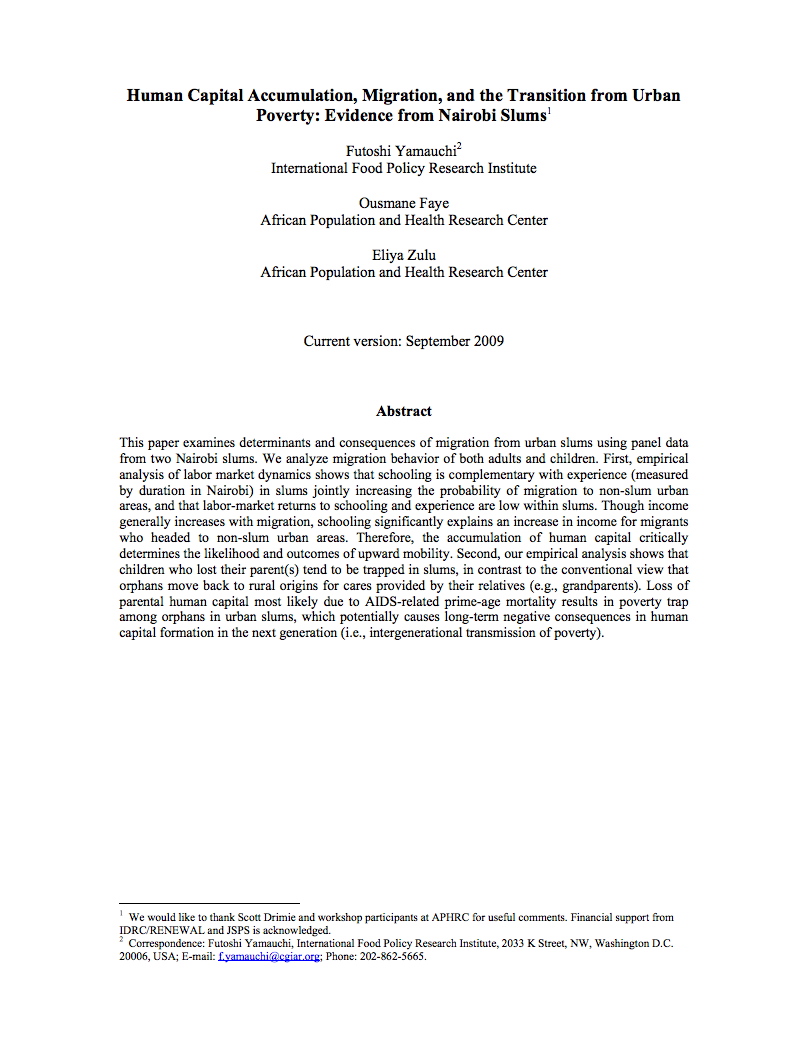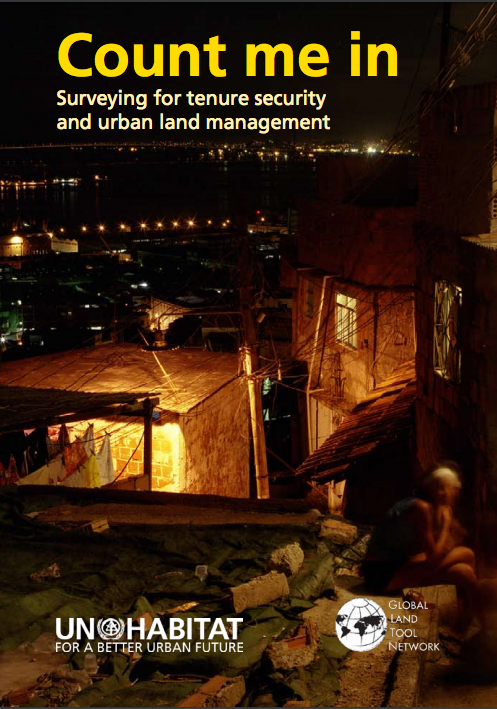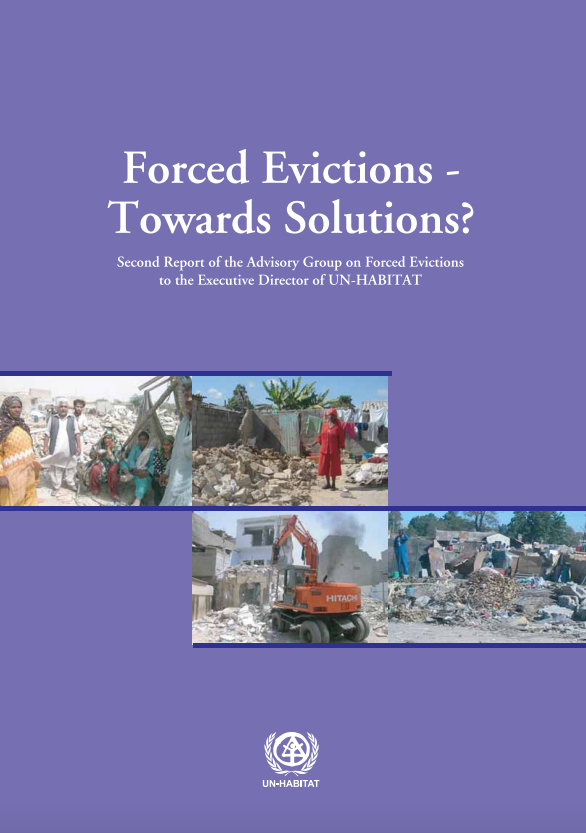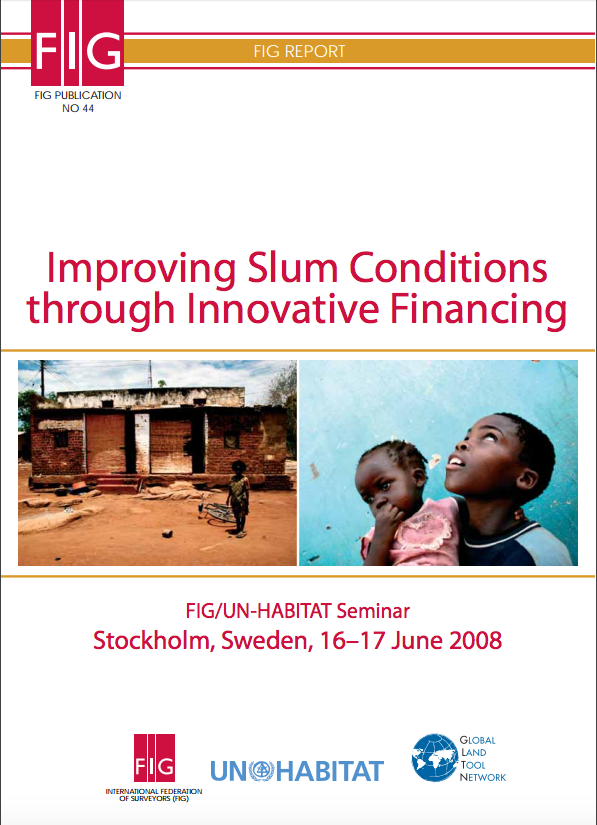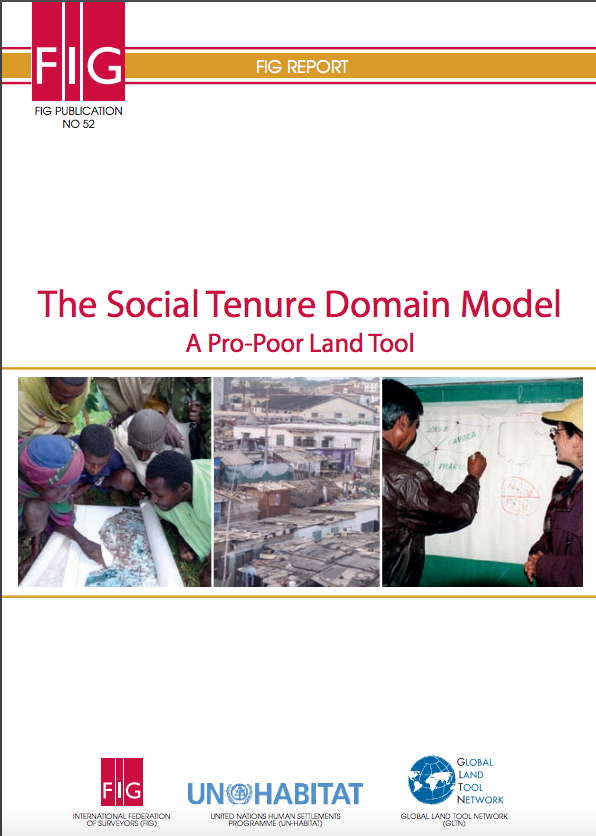Participatory Mapping of Kenyan Slums Improves Tenure Security
A recent story from NPR described how slum mapping can be a powerful negotiating tool when used as a public record of problems such as dark street corners, limited toilets, or illegal dumping. In one of the largest slums in Nairobi, Kenya – home to an estimated 200,000 people – maps of slum areas enabled community members and authorities to identify available space to lay municipal water pipes. Around the world, slums lack street names, addresses, and, due to their informal nature, property rights.

